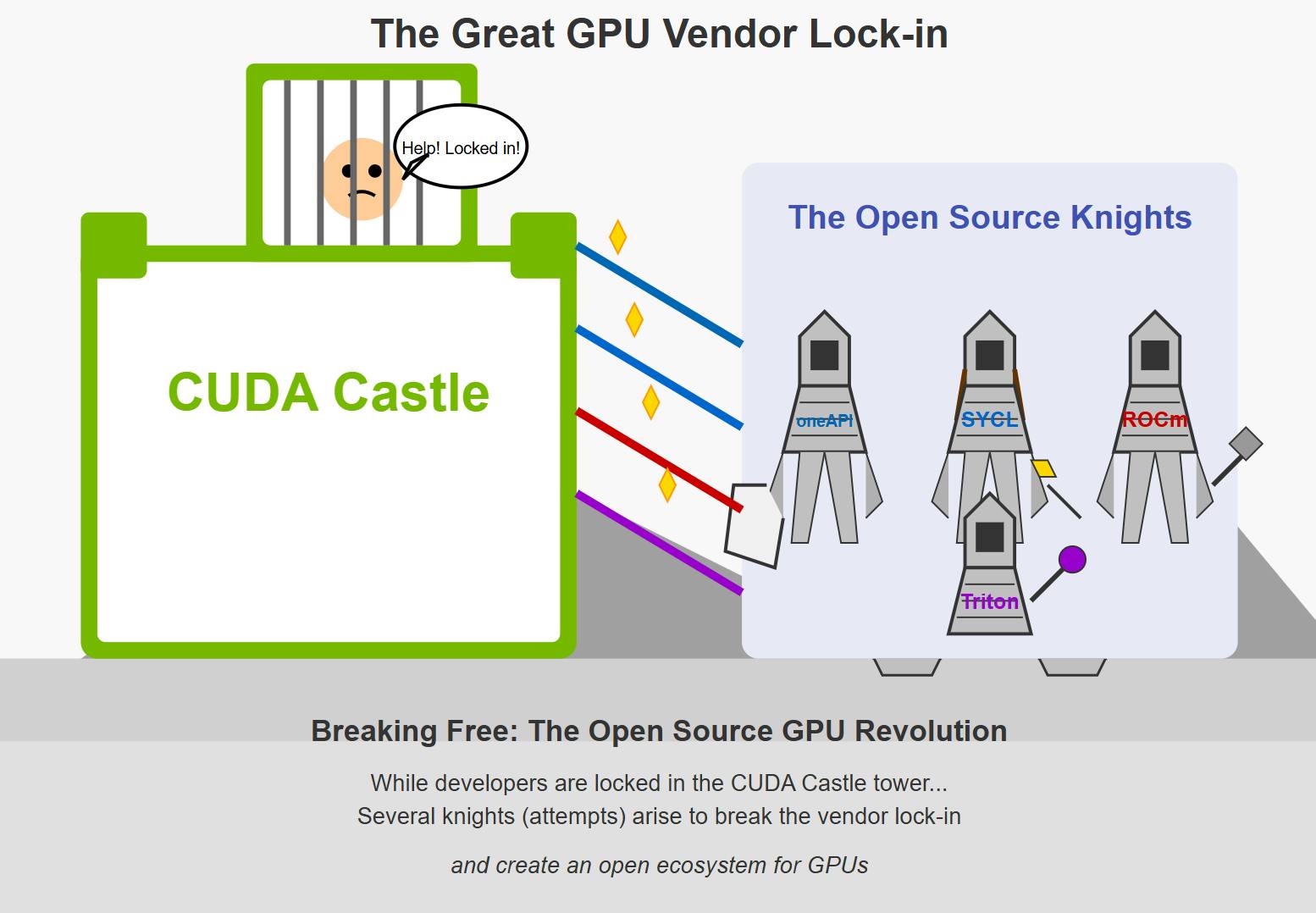Amazon Web Services Inc. today launched a preview of a new development environment named Kiro, integrated with artificial intelligence agents for software engineers, which the company says will help them turn ideas into production-ready code.
Now in preview, Kiro helps provide speed and resilience to has become known as “vibe coding,” a new way to use development tools to tell an AI assistant what the developer wants built using conversational English and then working with it like a pair programmer or sitting back and letting it do most of the work.
Amazon’s newest tool is an integrated development environment, or an IDE, which is a software development interface where software engineers spend most of their time building, coding, testing and compiling software.
Traditionally, the experience of vibe coding might start from a blank template or an existing app where a coder prompts the AI to write something. Then they prompt it again to either write more or fix what it wrote. This chain of prompts eventually leads to a final product. Amazon said that Kiro will change this with integrated AI agents that will build in “specs” and use “hooks” that will understand the width and breadth of taking a prototype to production.
As a result, Amazon calls what Kiro’s new capability “spec coding.”
For example, imagine a developer has an e-commerce app. For specifications, Kiro will take a single prompt, such as “Add a review system for products,” and generate a requirements document and user stories for viewing, creating, filtering and rating product reviews. Each story will include acceptance criteria and edge cases.
This can be turned into Kiro tasks and sub-tasks that the agents can then send to coding agents. Each task includes details such as requirements, implementation, accessibility and testing needs. This allows developers to follow along and check the work in steps to avoid any missing pieces.
“Kiro’s specs stay synced with your evolving codebase. Developers can author code to update specs or update specs to refresh tasks,” AWS Product Lead Nikhil Swaminathan and Vice President of DevEx and Agents Deepak Singh wrote in a blog post.
The important thing about this approach is that the code and the agent’s process are completely documented top-to-bottom. Nothing is left out and the developer has a bird’s eye view of how the app or function will be built and is able to guide it from the requirements view before anything happens. Amazon said this eliminates the costly back-and-forth usually associated with vibe coding.
Once the developer hits go, they can watch the new code being built with an execution status indicator.
Hooks work slightly differently from the specs; they’re more like an experienced developer paying attention to changes in code. A hook triggers when a developer saves or creates a file, prompting an AI agent to review it and take necessary actions.
For example, a developer saves a React component, and a hook has an AI agent update a related test file. When an application programming interface endpoint is changed, a hook updates the related README documentation. Upon preparing to deploy the software, hooks can run the software through a vulnerability scanner to make sure no passwords, API secrets or other credentials have been accidentally leaked.
Hooks work to enforce best practices and other rules for the entire team, making sure that developers are keeping up with quality. They can go down checklists, update documentation and provide security validation as files are saved and updated behind the scenes.
Amazon said Kiro goes beyond specs and hooks for developers and can be expanded with the Model Context Protocol, an open-source method for connecting AI agents to external tools. This provides developers with an extensive library of open-source AI tools they can connect to increase Kiro’s coding potential.
Of course, for developers who want to go line-by-line, Kiro also includes an agentic chat for coding tasks within a file.
“The way humans and machines coordinate to build software is still messy and fragmented, but we’re working to change that,” the Kiro team wrote. “Specs is a major step in that direction.”
Kiro is currently available in preview and for download on Apple MacOS, Windows and Linux.
Image: AWS
Support our open free content by sharing and engaging with our content and community.
Join theCUBE Alumni Trust Network
Where Technology Leaders Connect, Share Intelligence & Create Opportunities
11.4k+
CUBE Alumni Network
C-level and Technical
Domain Experts
Connect with 11,413+ industry leaders from our network of tech and business leaders forming a unique trusted network effect.
News Media is a recognized leader in digital media innovation serving innovative audiences and brands, bringing together cutting-edge technology, influential content, strategic insights and real-time audience engagement. As the parent company of News, theCUBE Network, theCUBE Research, CUBE365, theCUBE AI and theCUBE SuperStudios — such as those established in Silicon Valley and the New York Stock Exchange (NYSE) — News Media operates at the intersection of media, technology, and AI. .
Founded by tech visionaries John Furrier and Dave Vellante, News Media has built a powerful ecosystem of industry-leading digital media brands, with a reach of 15+ million elite tech professionals. The company’s new, proprietary theCUBE AI Video cloud is breaking ground in audience interaction, leveraging theCUBEai.com neural network to help technology companies make data-driven decisions and stay at the forefront of industry conversations.







